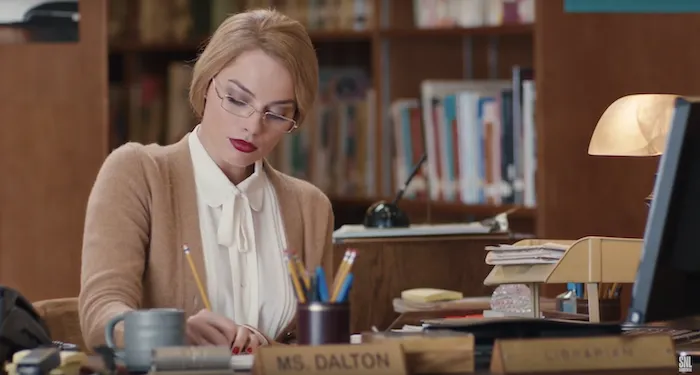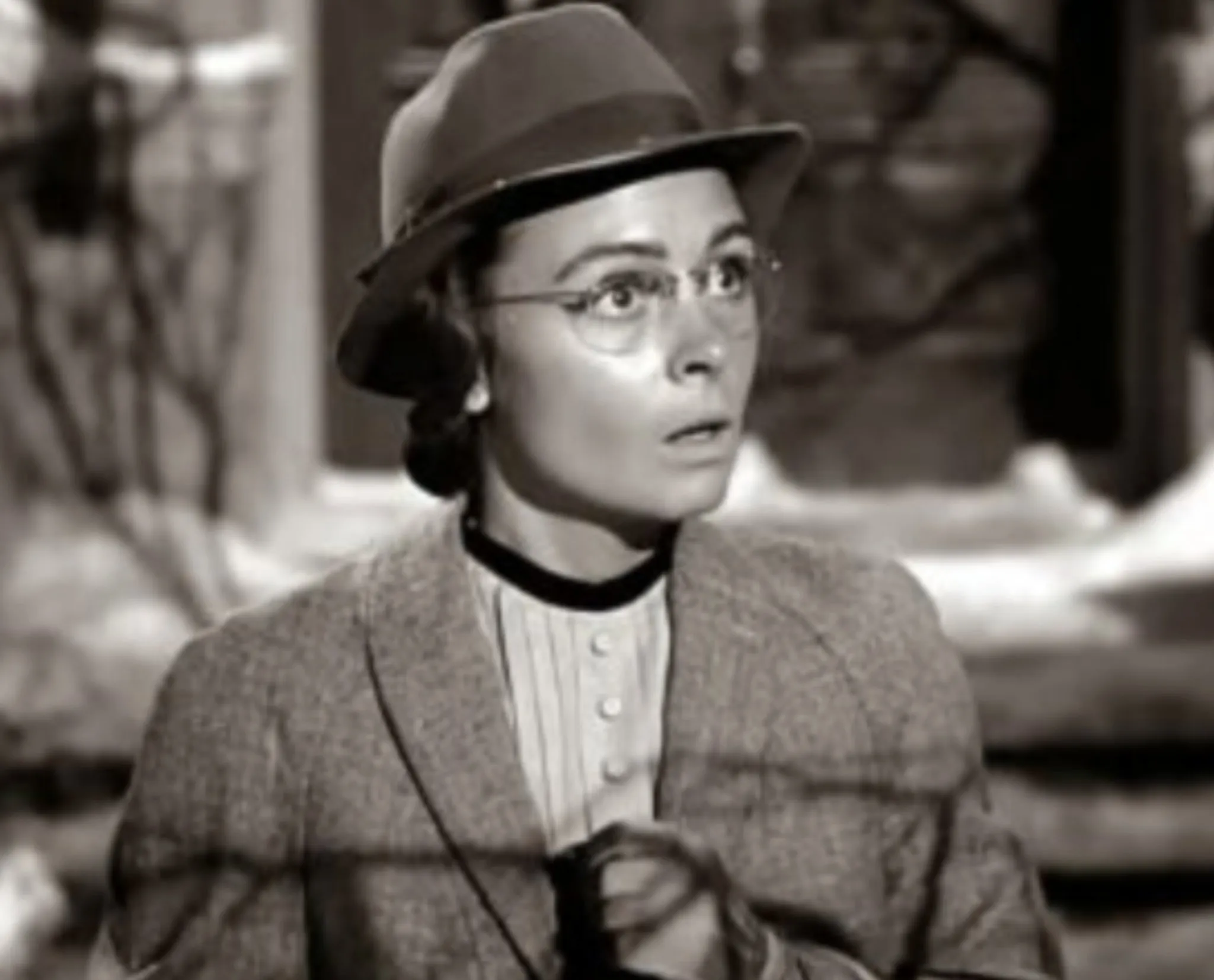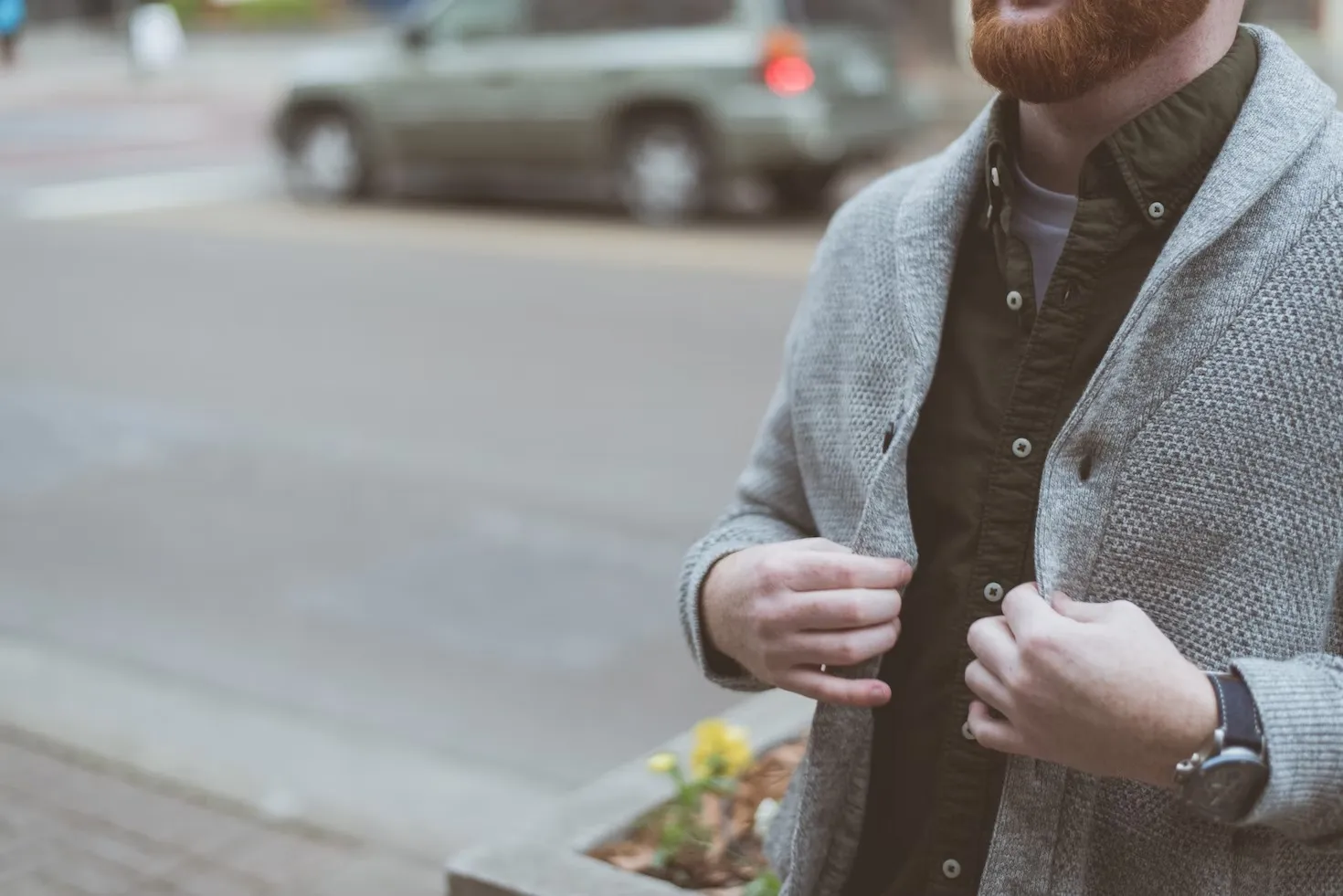
Where Does the Cardigan-Wearing Librarian Stereotype Come From?
If you’re asked to picture a librarian right now, what would you see? Is it a serious, glasses-wearing woman with a cardigan pulled over sensible, if frumpy, clothes? You wouldn’t be the only one, and it’s a common portrayal in pop culture. But where does the whole librarian and cardigan stereotype come from?
Let’s take a brief look at changes to the librarian profession, the development of cardigans, and some book care science to find out!
The Librarian Profession Since the 1800s
Historically, librarians were, in the vast majority, men. They were “educated white men” who were perceived as “baby-sitting books” and therefore had an image in society of being “passive, fussy, and custodial.” They were seen as “bespectacled mousey” men working a job that didn’t require all that much physical labor and that was sometimes taken up after a career change, stamping them with a metaphorical “failure” mark on their forehead.
Then, the development of the Dewey Decimal System and the American Library Association in the late 1800s coincided with white women joining the workforce which changed the profession’s perception. By 1910, over 75% of librarians were women and because mostly unmarried women were the ones joining the workforce due to demographic shifts and societal changes, the spinster old maid stereotype was born out of societal fear at being confronted with young, educated, and single working women. Just think about Mary’s alternate reality in It’s a Wonderful Life. Because she never marries George Bailey, she’s resigned to becoming a bun-wearing, skittish librarian! The horror!

The role of the librarian is at play here, too. As the “conservator of order” and, particularly pre-modern technology, the keepers of knowledge, librarians were seen as superior, “fearsome” figures. They were the only ones who knew how to navigate the “labyrinth” of the library in order to get a patron what they needed. Hence the harsh, humorless, shushing characters sat behind the desks in books and movies. They’re described as wearing “severe” or “conservative” clothes, which feeds into the unattractive, old maid persona.
The History of the Cardigan
Okay, let’s look at the history of the cardigan very briefly. Fashion-forward seventh Earl of Cardigan, James Thomas Brudenell, was in the spotlight after he led the Crimean War’s Charge of the Light Brigade in 1854 before fleeing. He and his men wore a wool knitted waistcoat similar to what we now view as a modern cardigan. Mr. Earl of Cardigan was the first one back from the fight, though, and had a brief window of popularity including a reception by Queen Victoria before word about his fleeing spread. During that window of popularity, the garment caught on and was soon being commercially produced.

They were mainly men’s garments, beloved by working class people who “needed to stay warm while still retaining full range of motion” while doing their jobs. Sailors were a huge part of their rise in popularity as nautical attire entered mainstream fashion in the 1870s and 1880s. Then, in the late 1880s, cardigans became part of women’s wear too, geared mainly toward sportswear.
After that, Coco Chanel entered the scene and put the cardigan into the high fashion world, inspired by the way over-the-head sweaters ruined her hair — or so the story goes. She popularized more menswear inspired garments, cardigans included, for mass audiences in the early 1900s.
Librarians and Cardigans

As you can probably tell, as women took up the librarian helm, cardigans rose in popularity. Two seemingly unrelated moments in history overlapped to feed into the librarian cardigan love affair we know now. Librarians are in the “business of presentation,” both of knowledge and of themselves as public-facing professionals. Their attire, of course, reflects that the same way we expect teachers, office workers, and many other professions to look nice at work. And cardigans were (and still are) a popular choice at the time when librarians were becoming what we know them as now.
But why do librarians even need to wear cardigans? Well, it’s obvious when you stop to think about it. Libraries are kept on the chilly side! According to the University of Arizona’s library FAQ, library temperatures are kept low to “preserve” physical materials and keep them in “mint condition,” with experts recommending 70 degrees or even lower. An article as early as 1947 discussed the pros and cons of air conditioning in libraries, weighing the mold and mildew fighting air conditioning with human comfort. Because, yes, books need to be kept dry to prevent mold and air conditioning helps remove moisture from the air.
So, why cardigans? Well, because it’s cold, that’s why!
Curious about other cool librarian history? Check out this look into how librarians helped invent the YA category of books or learn about these 13 pioneering Black American librarians you oughta know!









